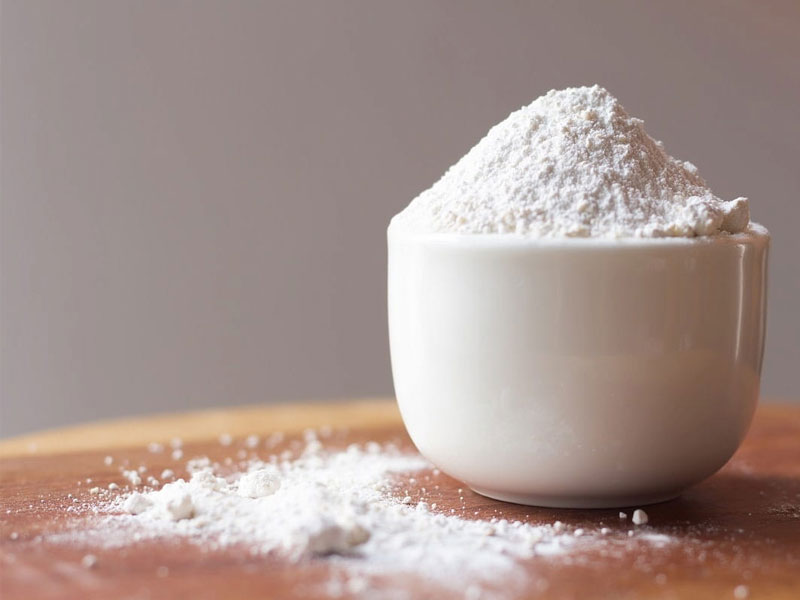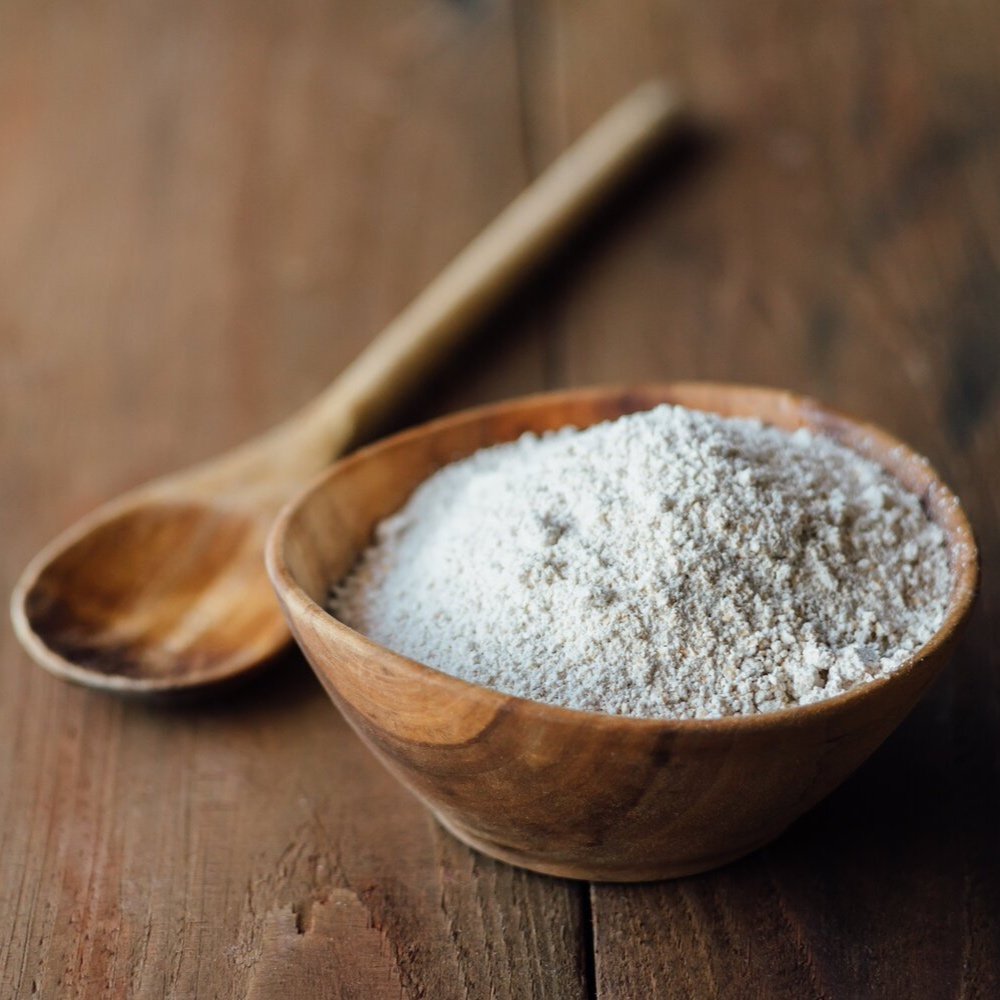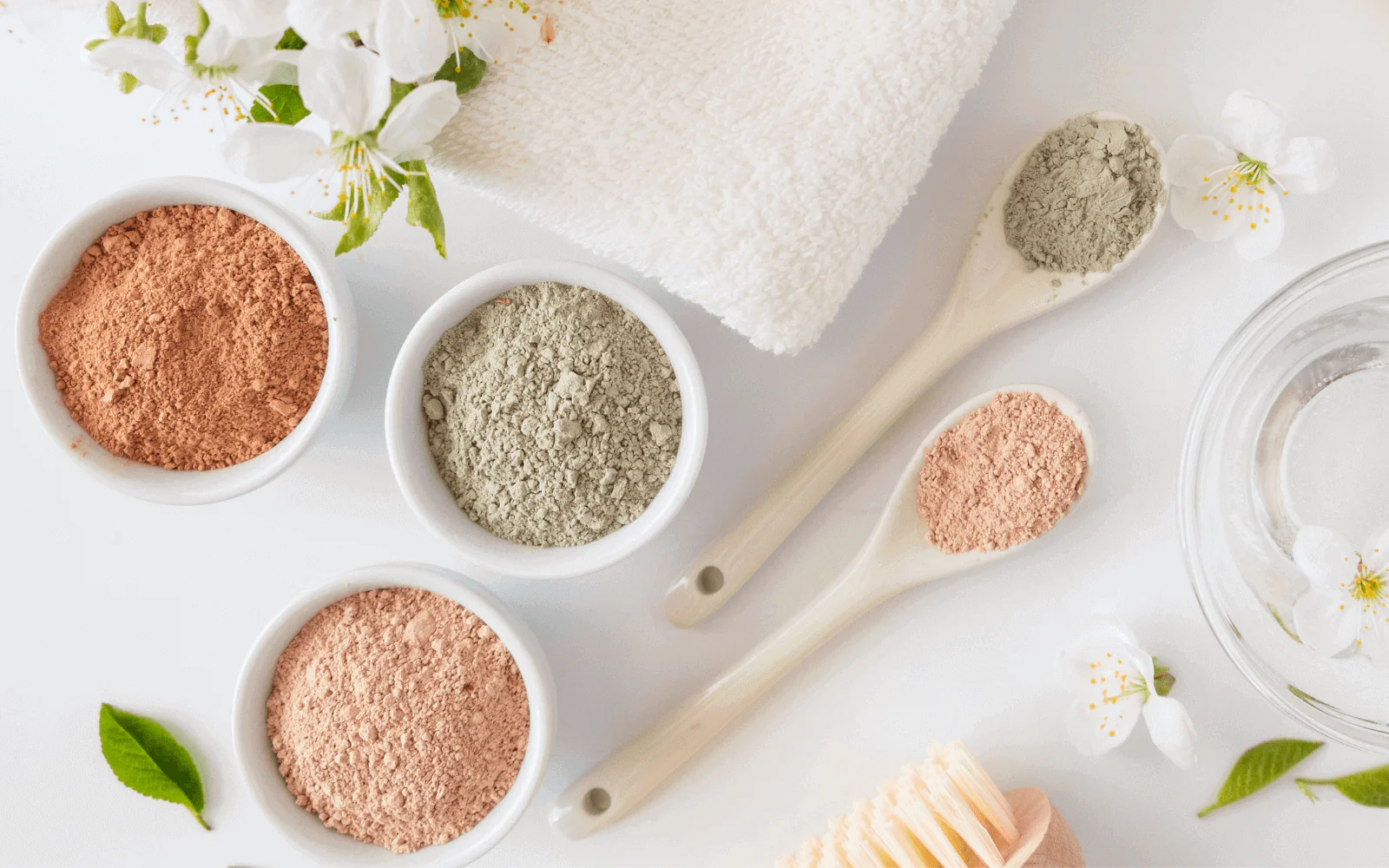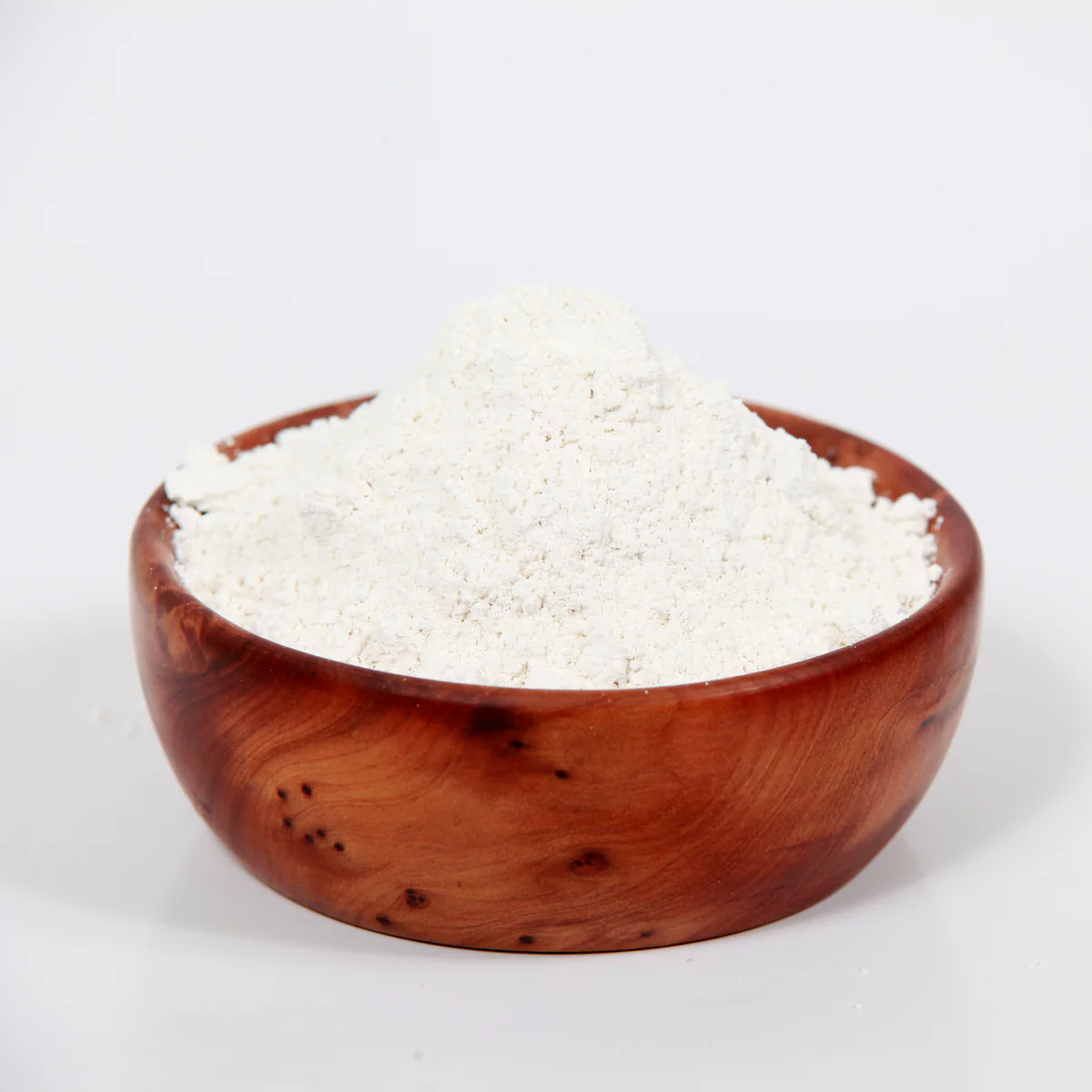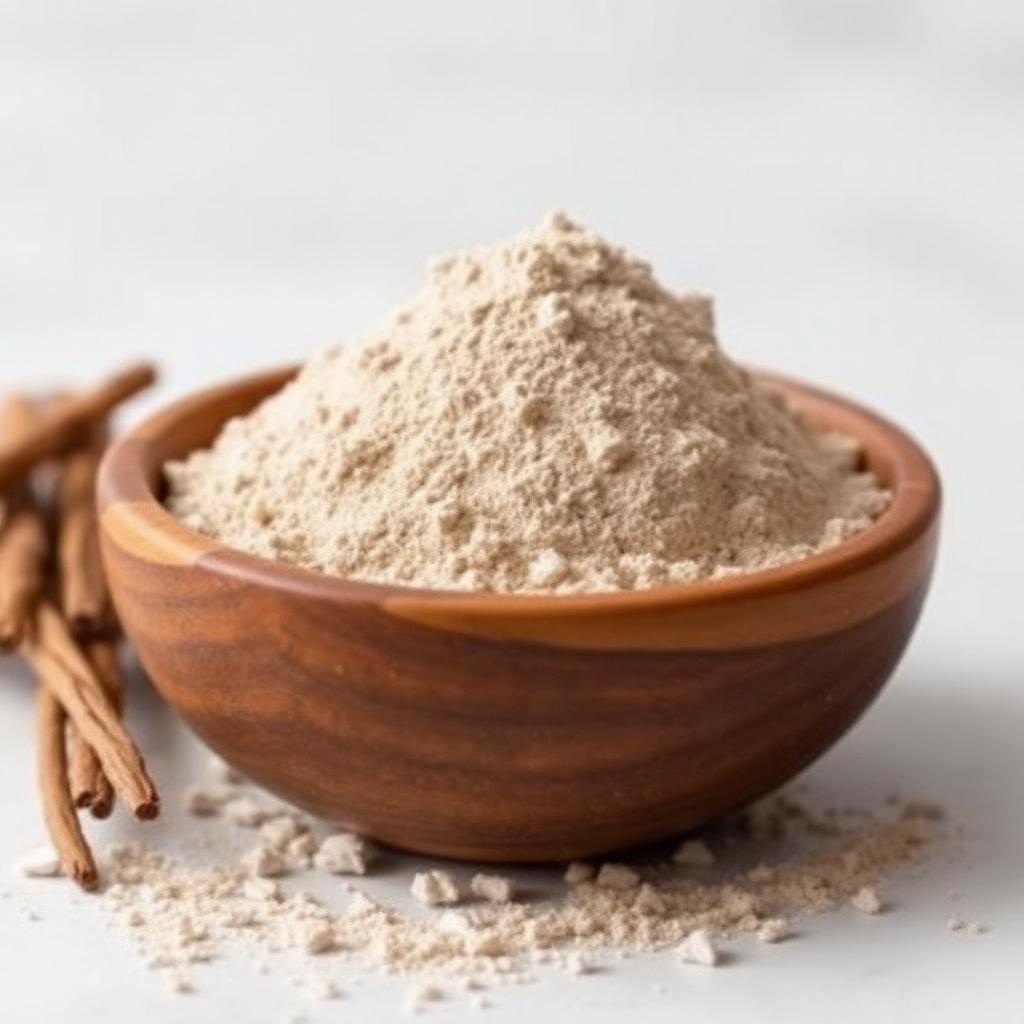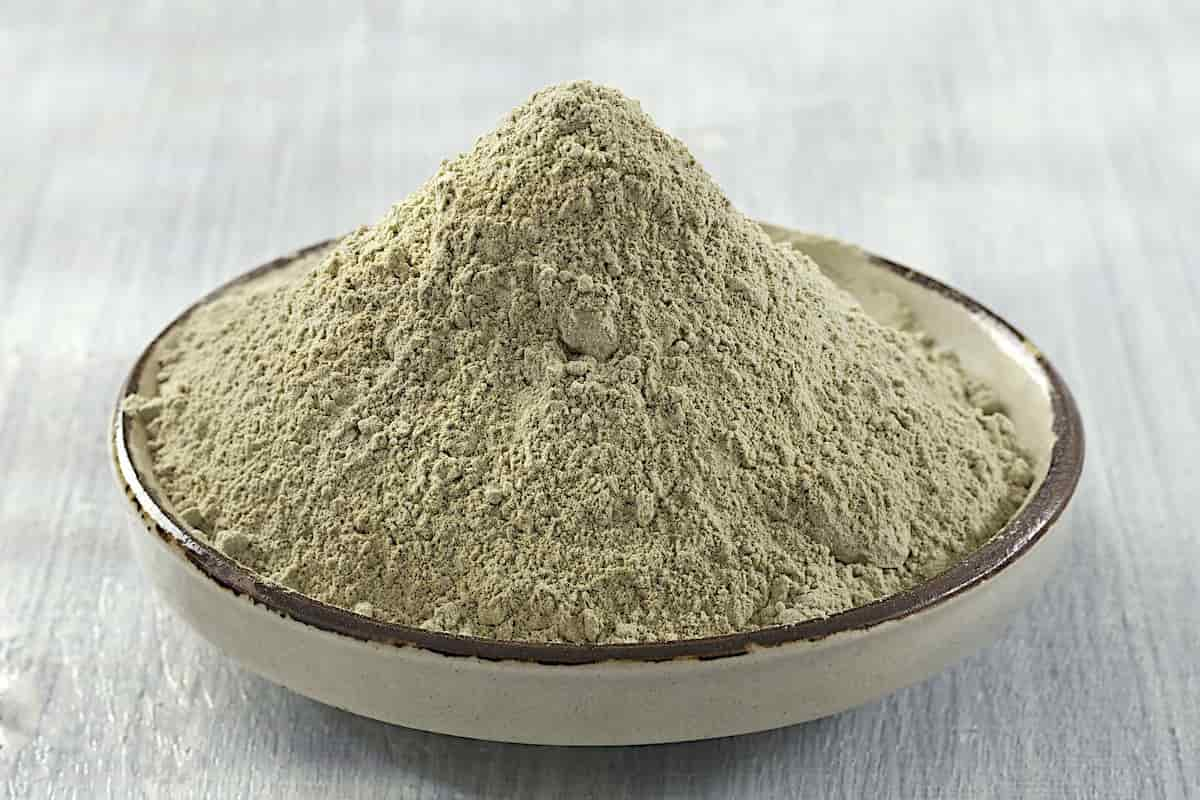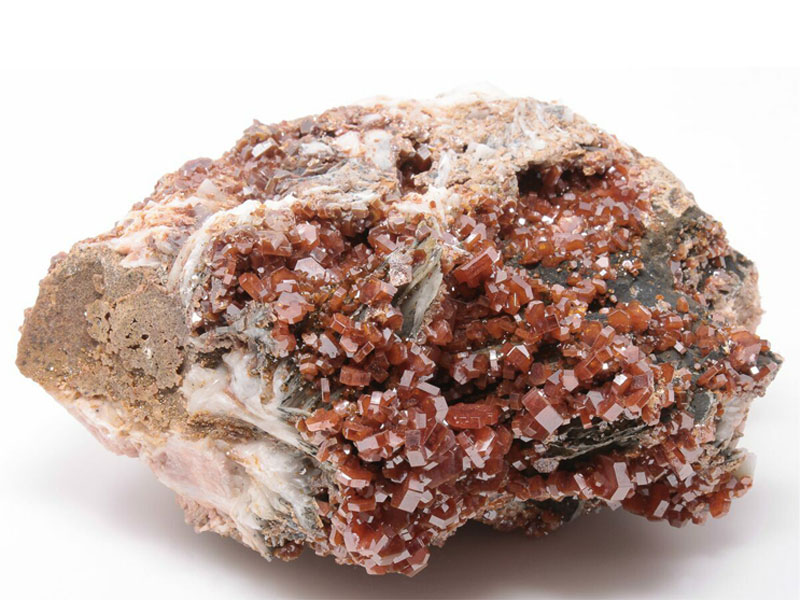What Is Kaolin Clay?
Kaolin clay, also known as China clay or white clay, is a fine and soft powder derived from the mineral kaolinite. It is often found in the form of white, reddish, or pinkish powders and is used in cosmetics, pharmaceuticals, and the food industry for its unique properties.
The Origins of Kaolin Clay
Kaolin clay is named after the Kao-Ling mountain in China, where it was first discovered. It has been used for centuries in various cultures for its therapeutic and aesthetic benefits. The clay is primarily composed of the mineral kaolinite and is renowned for its absorbent qualities.
Read More: Salt
Different Types of Kaolin Clay
White Kaolin Clay
White kaolin clay is the purest form, known for its gentle and versatile nature. It is commonly used in skincare products due to its ability to cleanse and purify the skin.
Red Kaolin Clay
Red kaolin clay gets its color from iron oxide. It is suitable for oily skin types and can help with exfoliation and deep cleansing.
Pink Kaolin Clay
Pink kaolin clay is a blend of white and red clays. It is often used in facial masks and scrubs for a mild exfoliating effect.
Yellow Kaolin Clay
Yellow kaolin clay is the mildest of all and is suitable for sensitive skin. It can help soothe and brighten the skin.
Uses of Kaolin Clay
In Cosmetics
Kaolin clay is a popular ingredient in cosmetics, including face masks, foundations, and powders. It helps to control oil, improve skin texture, and provide a smooth finish.
In Pharmaceutical Products
In the pharmaceutical industry, kaolin clay is used in the formulation of medicines, particularly for its anti-diarrheal properties. It can help alleviate digestive discomfort.
In the Food Industry
Kaolin clay is also used in the food industry, especially as a food additive and coating. It plays a role in preventing caking and enhancing the texture of food products.
Is Kaolin Clay Edible?
Yes, kaolin clay is edible, but it is essential to use the right type of kaolin clay specifically labeled as food-grade or edible. The clay should be free from contaminants and chemicals, ensuring its safety for consumption.
Benefits of Consuming Kaolin Clay
Consuming kaolin clay can offer several potential benefits, including:
Digestive Health
Kaolin clay can help soothe digestive issues like diarrhea and upset stomach by absorbing toxins and providing relief.
Detoxification
Kaolin clay can assist in detoxification by binding to harmful substances in the digestive tract and aiding their elimination.
Skin Health
Consuming kaolin clay may promote healthy skin from within, improving complexion and reducing acne.
Read More: Wikipedia
Risks and Precautions
While kaolin clay is generally safe when used correctly, it is essential to be aware of potential risks. Overconsumption of kaolin clay may lead to constipation or other digestive issues. Ensure that you follow recommended serving sizes.
How to Use Kaolin Clay Safely
When consuming kaolin clay, follow these guidelines for safety:
- Use food-grade kaolin clay only.
- Start with a small amount to test your tolerance.
- Mix it with water or your favorite beverage.
- Do not exceed the recommended serving size.
Where to Find Edible Kaolin Clay
Edible kaolin clay can be found in health food stores or online retailers. Look for products that are explicitly labeled as food-grade.
A Recipe Using Edible Kaolin Clay
Here’s a simple recipe to get you started with edible kaolin clay:
Kaolin Clay Detox Smoothie
Ingredients:
- 1 tablespoon of edible kaolin clay
- 1 cup of coconut water
- 1/2 banana
- 1/2 cup of frozen berries
- 1 teaspoon of honey (optional)
Instructions:
- Blend all the ingredients until smooth.
- Enjoy this refreshing and detoxifying smoothie!
Read More: Bentonite
Conclusion
In conclusion, kaolin clay is indeed edible when it is food-grade and used responsibly. It offers potential benefits for digestive health, detoxification, and even skin improvement. However, it’s essential to ensure that you choose the right type of kaolin clay and follow recommended guidelines for consumption.

